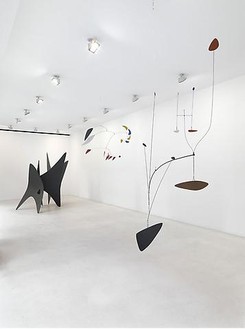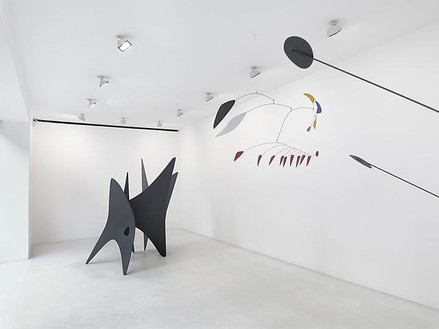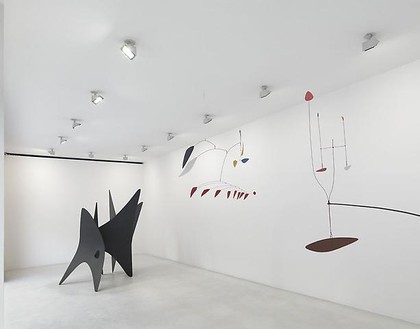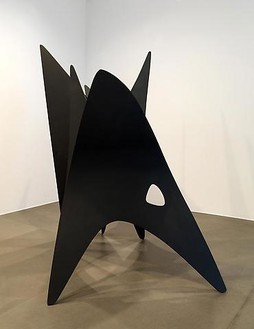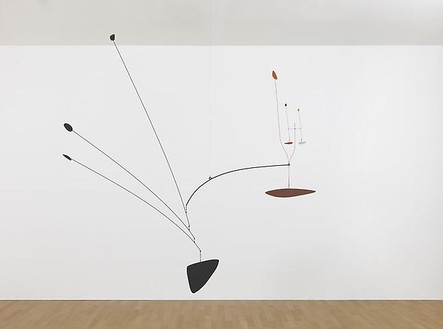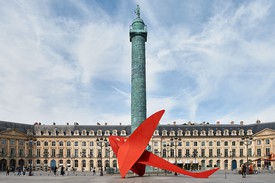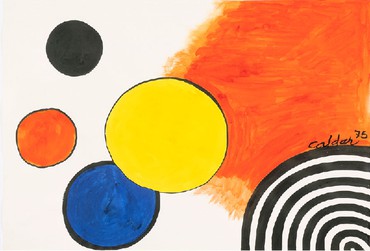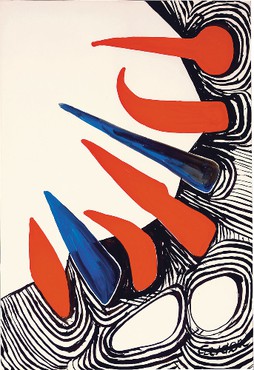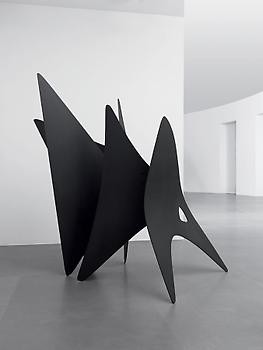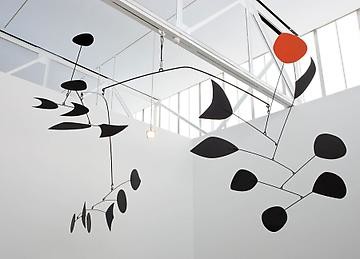About
The underlying sense of form in my work has been the system of the Universe, or part thereof….What I mean is that the idea of detached bodies floating in space, of different sizes and densities, perhaps of different colors and temperatures, and surrounded and interlarded with wisps of gaseous condition, and some at rest, while others move in peculiar manners, seems to me the ideal source of form. —Alexander Calder
Gagosian Gallery is pleased to present sculptures by Alexander Calder made between 1939 and 1960.
Born into a family of celebrated yet traditional artists, Calder’s innovative genius changed the course of modern art. He began by developing a new method of sculpting—bending and twisting wire to “draw” three-dimensional figures in space. Pre-dating Conceptual Art by several decades, and resonating with the Futurists and Constructivists as well with as the language of early abstract painting, Calder gained renown for his invention of the mobile (a term coined by Marcel Duchamp to describe Calder’s new kinetic sculptures) in which abstract shapes, sometimes boldly colored and made of industrial materials, such as steel and wire, hang in perfect balance.
Although Calder’s first mobiles made use of modern technology and were driven by electrical or mechanical means, he soon preferred their movements to be guided by the unpredictable influences of wind. While the kinetic energy, dynamism, and ebullience of the mobiles remained of primary interest to him throughout his life, Calder also created important static sculptures, which Jean Arp named “stabiles” to distinguish them from their kinetic counterparts. These constructions utilized various techniques of welding and bolting to create a type of metalwork that rejected the weight and solidity of a bronze mass, yet allowed an object to displace space in a three dimensional manner while remaining linear, open, planar, and suggestive of implicit motion. By the 1950s, Calder's international renown had increased significantly, affording him opportunities to create his mobiles and stabiles on a monumental scale.
Share
Artist
Download
Behind the Art
Alexander Calder: Flying Dragon
In this video, Gagosian director Serena Cattaneo Adorno celebrates the installation of Alexander Calder’s monumental sculpture Flying Dragon (1975) at Place Vendôme in Paris, detailing the process and importance of this ambitious project.
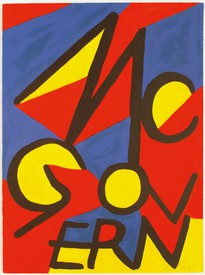
The Art History of Presidential Campaign Posters
Against the backdrop of the 2020 US presidential election, historian Hal Wert takes us through the artistic and political evolution of American campaign posters, from their origin in 1844 to the present. In an interview with Quarterly editor Gillian Jakab, Wert highlights an array of landmark posters and the artists who made them.

An Alphabetical Guide to Calder and Dance
Jed Perl takes a look at Alexander Calder’s lifelong fascination with dance and its relationship to his reimagining of sculpture.
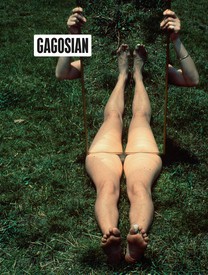
Now available
Gagosian Quarterly Summer 2020
The Summer 2020 issue of Gagosian Quarterly is now available, featuring Joan Jonas’s Mirror Piece 1 (1969) on its cover.

The New World of Charlotte Perriand
Inspired by a visit to the Fondation Louis Vuitton’s exhibition Charlotte Perriand: Inventing a New World, William Middleton explores the life of this modernist pioneer and her impact on the worlds of design, art, and architecture.
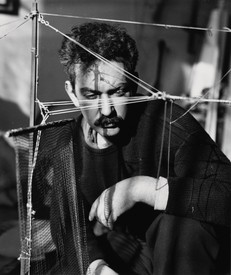
Calder: Sculpting A Life
The first authorized biography of Alexander Calder was published this past fall. Biographer Jed Perl and Alexander “Sandy” S. C. Rower, president of the Calder Foundation, discuss the genesis of the book, the nature of genius, and preview what’s to come in the second volume with the Quarterly’s Wyatt Allgeier.


